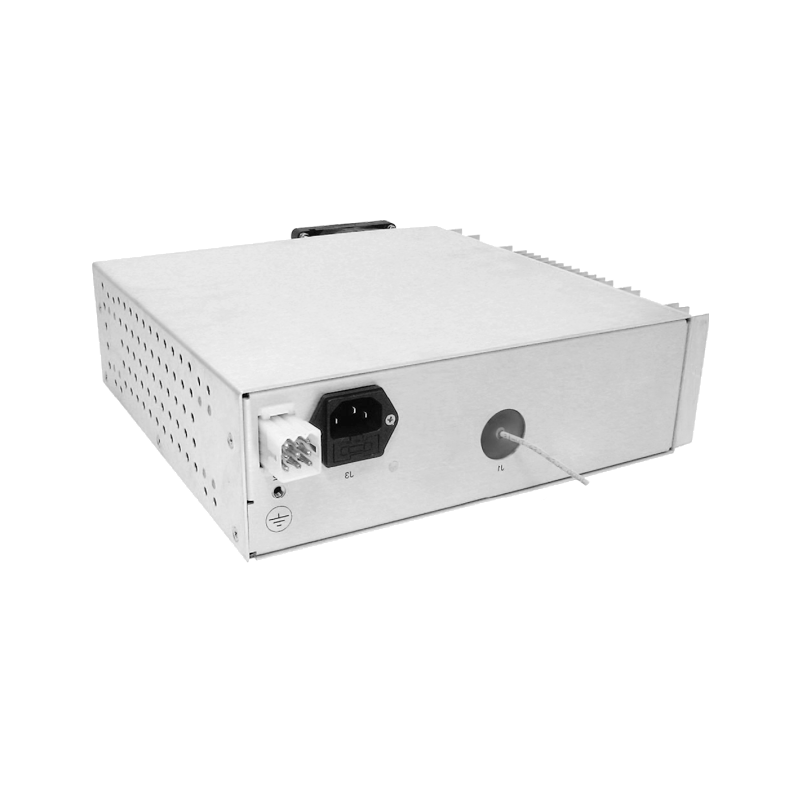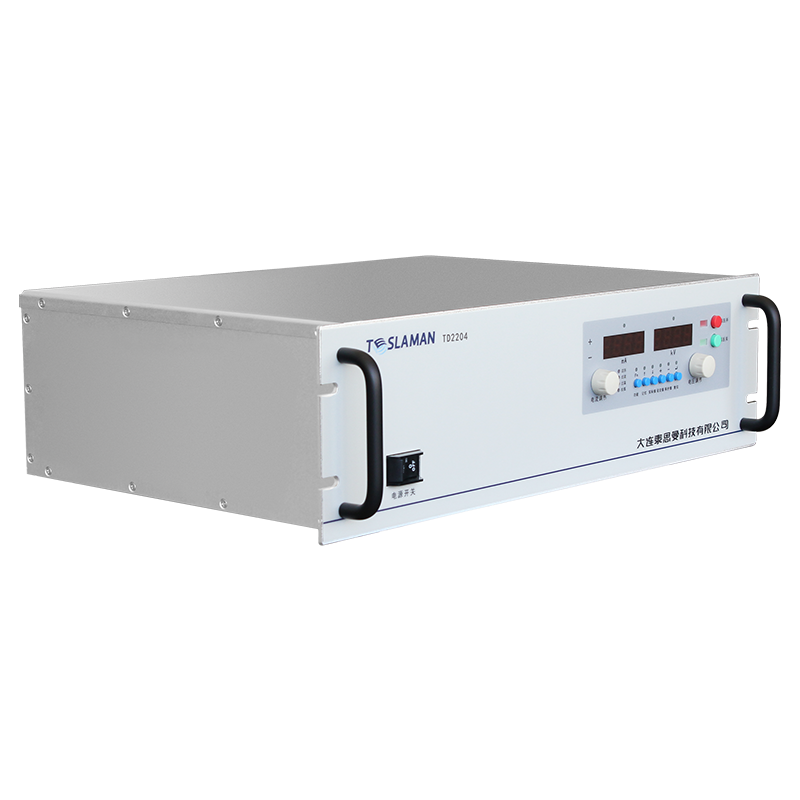Design and Performance Optimization of High-Voltage Power Supplies in Electrospinning
In the field of nanomaterial preparation, electrospinning technology has become a research and application hotspot due to its simple operation, controllable cost, and the ability to produce nanofibers from a variety of materials. In the electrospinning process, the high-voltage power supply, as the core device for generating a strong electric field, directly determines the forming quality and production efficiency of nanofibers. Therefore, in-depth research on the design and performance optimization of high-voltage power supplies in electrospinning is of great significance for promoting the development of this technology.
The basic principle of electrospinning is to use a high-voltage power supply to create a strong electric field between the nozzle and the collector, enabling the polymer solution or melt to overcome surface tension under the action of the electric field force and form jets, which eventually solidify into nanofibers. Based on this, the design of the high-voltage power supply needs to meet requirements such as high-voltage output, stable electric field regulation, and good safety. In terms of circuit topology design, a combination of multi-stage boost and rectifier circuits is often employed. The high-frequency transformer converts low-voltage alternating current into the required high-voltage direct current. This design can effectively reduce the size and weight of the power supply while increasing its power density, meeting the demand for compact electrospinning equipment.
The performance optimization of the power supply should focus on stability, controllability, and safety. Regarding stability, the introduction of a high-precision feedback control system is crucial. By monitoring the output voltage and current in real-time and using a proportional-integral-derivative (PID) control algorithm to dynamically adjust the power supply output, voltage fluctuations can be effectively suppressed, ensuring the stability of the electric field strength and thus guaranteeing the diameter uniformity of the nanofibers. In terms of controllability, an output voltage module with a wide adjustment range should be designed, allowing operators to flexibly adjust the electric field strength according to different spinning materials and process requirements, optimize spinning parameters, and improve fiber quality.
Safety design is an indispensable part of high-voltage power supplies. Since the electrospinning process involves voltages of several thousand volts or even higher, multiple protective measures must be taken. On one hand, overvoltage, overcurrent, and short-circuit protection circuits should be installed inside the power supply. When abnormal situations occur, the power supply can be quickly cut off to avoid equipment damage and safety accidents. On the other hand, the power supply casing should be well insulated, and safety interlock devices should be set up to ensure the personal safety of operators during equipment maintenance or fault repair.
In addition, to further enhance the performance of high-voltage power supplies, the direction of intelligent design can be explored. By integrating the power supply with sensors and data acquisition systems, machine learning algorithms can be used to analyze parameter changes during the spinning process and automatically optimize the power supply output, achieving intelligent spinning. At the same time, the use of new power electronic devices and advanced heat dissipation technologies can reduce power losses, improve work efficiency, and extend the service life.
As the application of electrospinning technology continues to expand in fields such as biomedicine, filter materials, and energy storage, the performance requirements for high-voltage power supplies are also increasing. Through continuous design innovation and performance optimization, high-voltage power supplies will provide more solid support for the development of electrospinning technology and push the preparation technology of nanofiber materials to new heights.




















